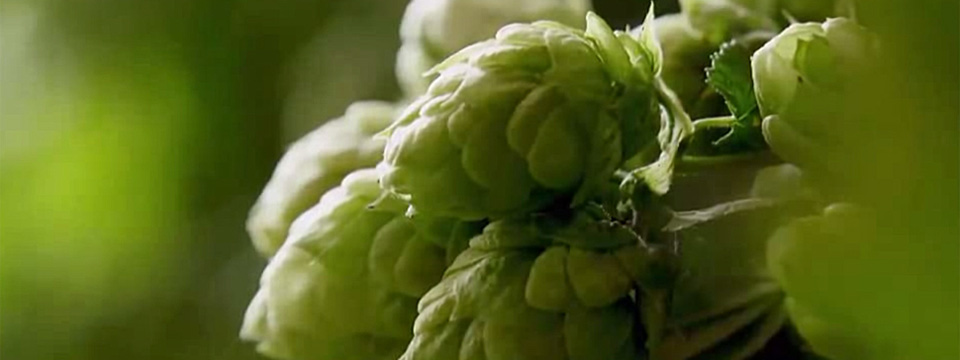Brewing Process.
Brewing Process from A Craftsmanship Perspective.
From A Tasting Perspective: Finest Munich Art of Brewing.
Our Raw Materials.
The Best Ingredients.
For the Best Beer.
Our Raw Materials.
The secret to making good beer is in using the best ingredients. According to the Bavarian Purity Law (“Reinheitsgebot”), only four ingredients are allowed to be used in the beer brewing process. Our Paulaner brewmasters choose only the best ingredients: hops from the Hallertau region, Munich yeast, selective brewing malt and the purest water. The finer the ingredients, the better the beer. That’s why our brew masters periodically check all the raw materials with the utmost care.
Our Water.
The best brewing water is the main component of Paulaner beer specialties. Its extreme softness and purity guarantee beer enjoyment of the utmost quality.
Our Malt.
Malt is another important raw material in our beer. Paulaner brewmasters use only the finest malt. Our quality beers are made from barley malt and wheat malt. Wheat malt is used primarily for the production of our wheat beers. The color is determined by the type of malt, which is brought out during the drying process.
Our Hops.
The Hallertau region in Bavaria is known for its largest, connected hops-growing area in the world and its outstanding quality. These aromatic hops are particularly useful for the production of beer: depending on the variety and quantity they give beer a subtle to intense level of bitterness and a refreshing, bitter taste. Also, hops have a positive effect on a beer’s head and shelf life. The hop oil contained in the cones, gives beer its distinct aroma, known as a hop bouquet.
Our Yeast.
Yeast is one of the crucial factors for the later quality and taste of beer. Despite being just tiny yeast cells and unrecognizable to the naked eye, they significantly impact beer: only by adding yeast can fermentation begin, which converts the malt sugar into alcohol and carbon dioxide. In addition, yeast is creating aroma substances that will shape how a beer tastes. For this reason, we use only the best Munich yeast to create a unique tasting experience. Depending on the style of beer, either top-fermented or bottom-fermented yeast cells are used. All the wheat beers are made with top-fermented yeast, while all of the other types of beers, like lager, Dark or Pilsner, are brewed from bottom-fermented yeast.
In all of our Paulaner Bräuhaus restaurants, our brewmasters guarantee highest quality and finest Munich beers, using only the best ingredients.
»The Taste Of Munich
in Petrozavodsk«
The Paulaner Bräuhaus website is only accessible for people 18 years of age or older.
To find out why we don’t advertise to underage youth, go to the German Brewers Association website: www.bier-bewusst-geniessen.de

